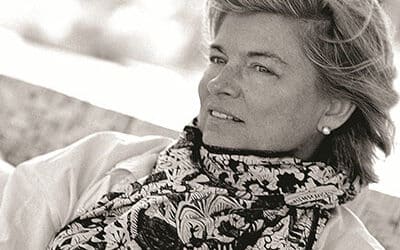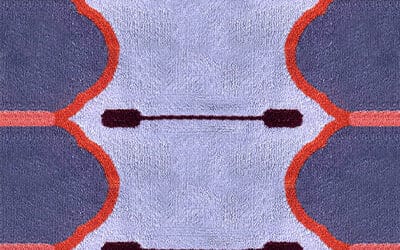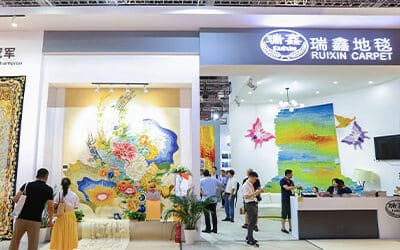Working in European rug design from the 1950s and into the 90s, Leo and Gretl Wollner may just be the rug designers that you need to know more about. Denna Jones takes a look at the output of the Austrian design duo who won many design awards and worked with firms such as Knoll.
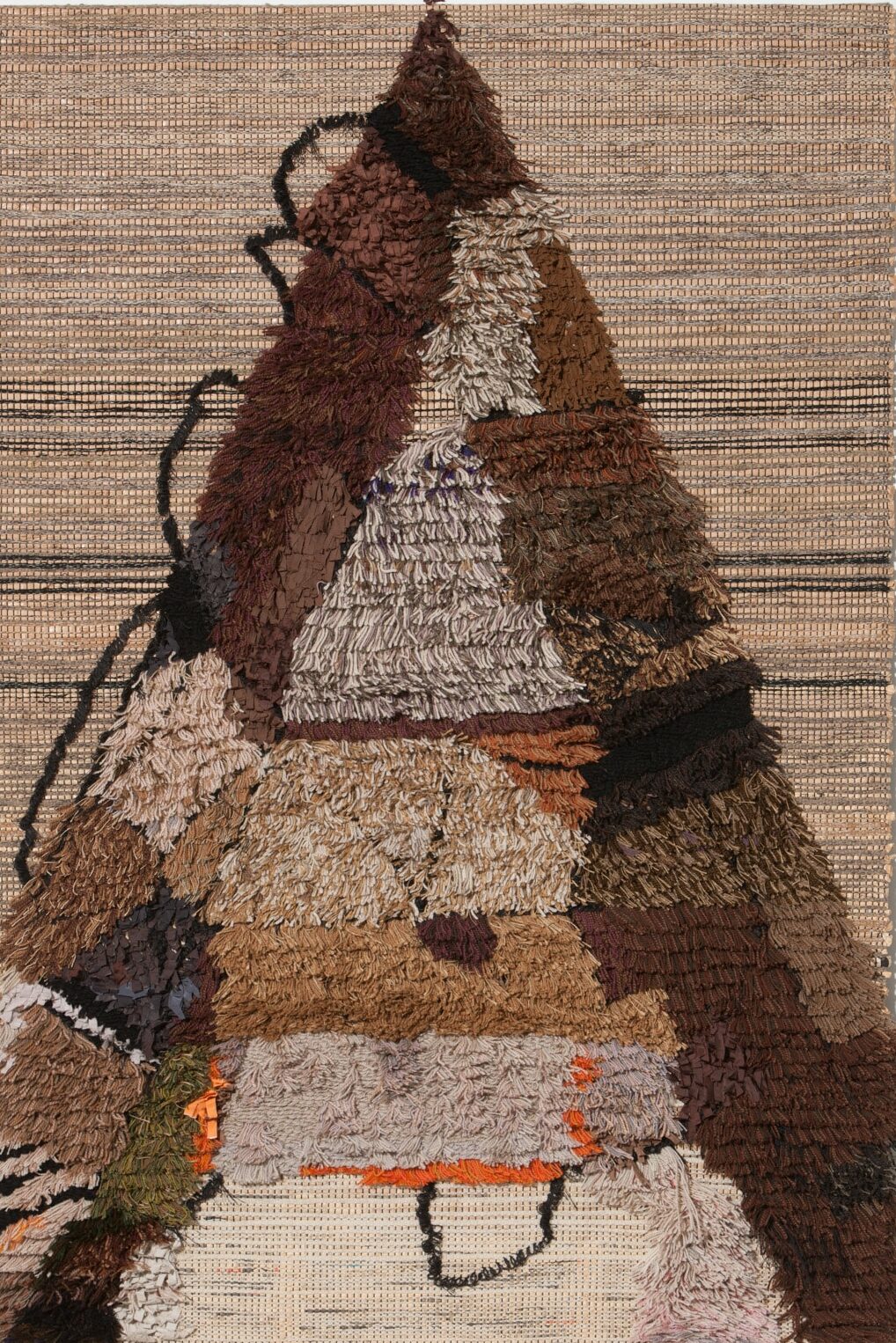
Overdue for reappraisal as design exemplars, Austrian artists, designers and weavers Leo Wollner (1925–1995) and Gretl Wollner (1920–2006) were at the mittelpunkt—the epicentre—of the international design world throughout the 20th century. Mittelpunkt was also the name of a Wollner design for Pausa AG—the innovative and influential German textile manufacturer that proved a pivotal partner throughout the couple’s career.
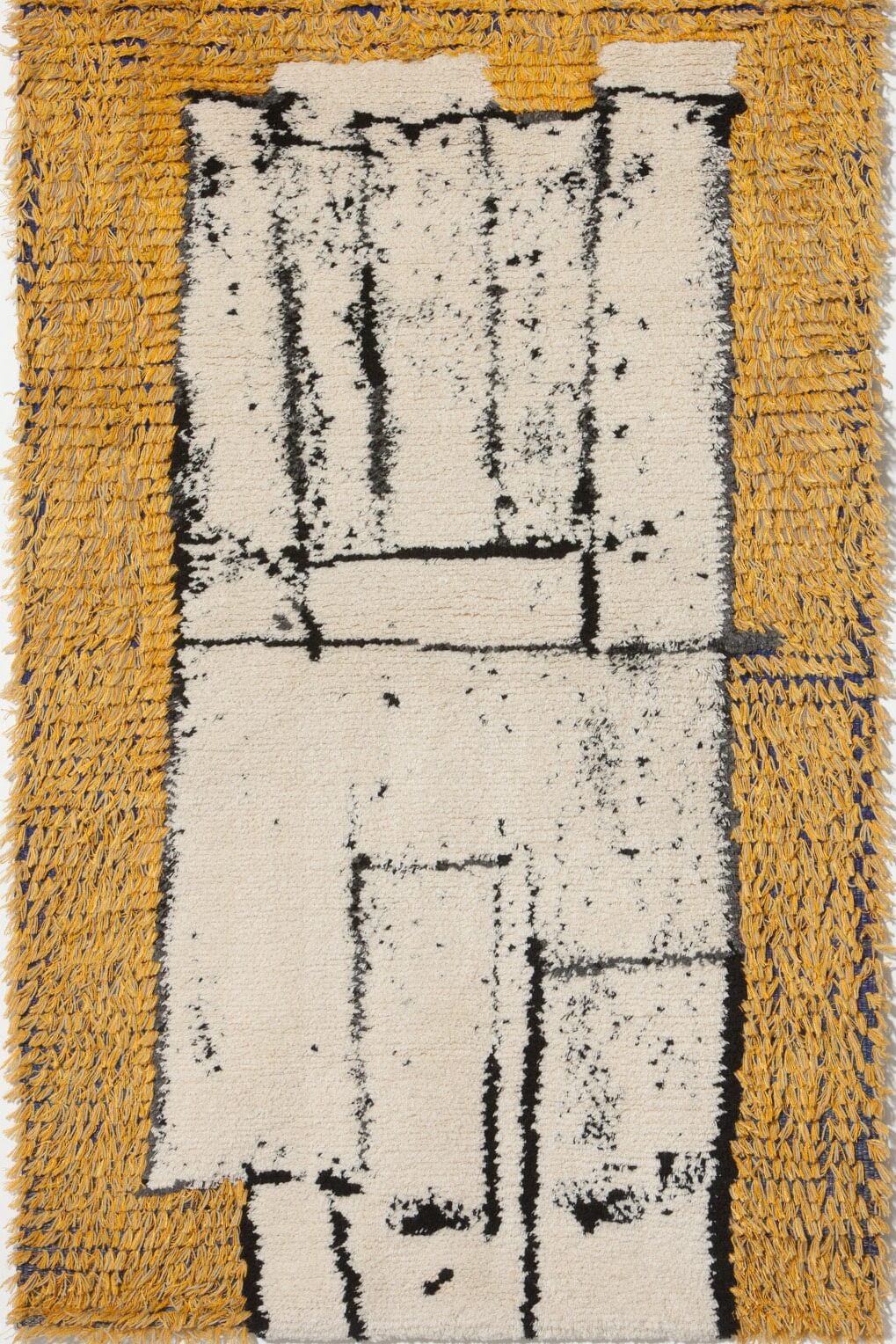
Vienna was a city shaped by the Vienna Secession and Wiener Werkstätte—an artisan workshop (1903–1932) formed to unite design and utility as Gesamtkunstwerk —total work of art. The couple met at the Viennese Academy of Applied Arts where they studied under E. J. Wimmer-Wisgrill, artistic director for fashion and textiles at the Wiener Werkstätte. The influence of Vienna’s exhilarating artistic upheaval was expressed throughout their career as natural and geometric forms, innovation in technique and materials, and their belief in design as art.
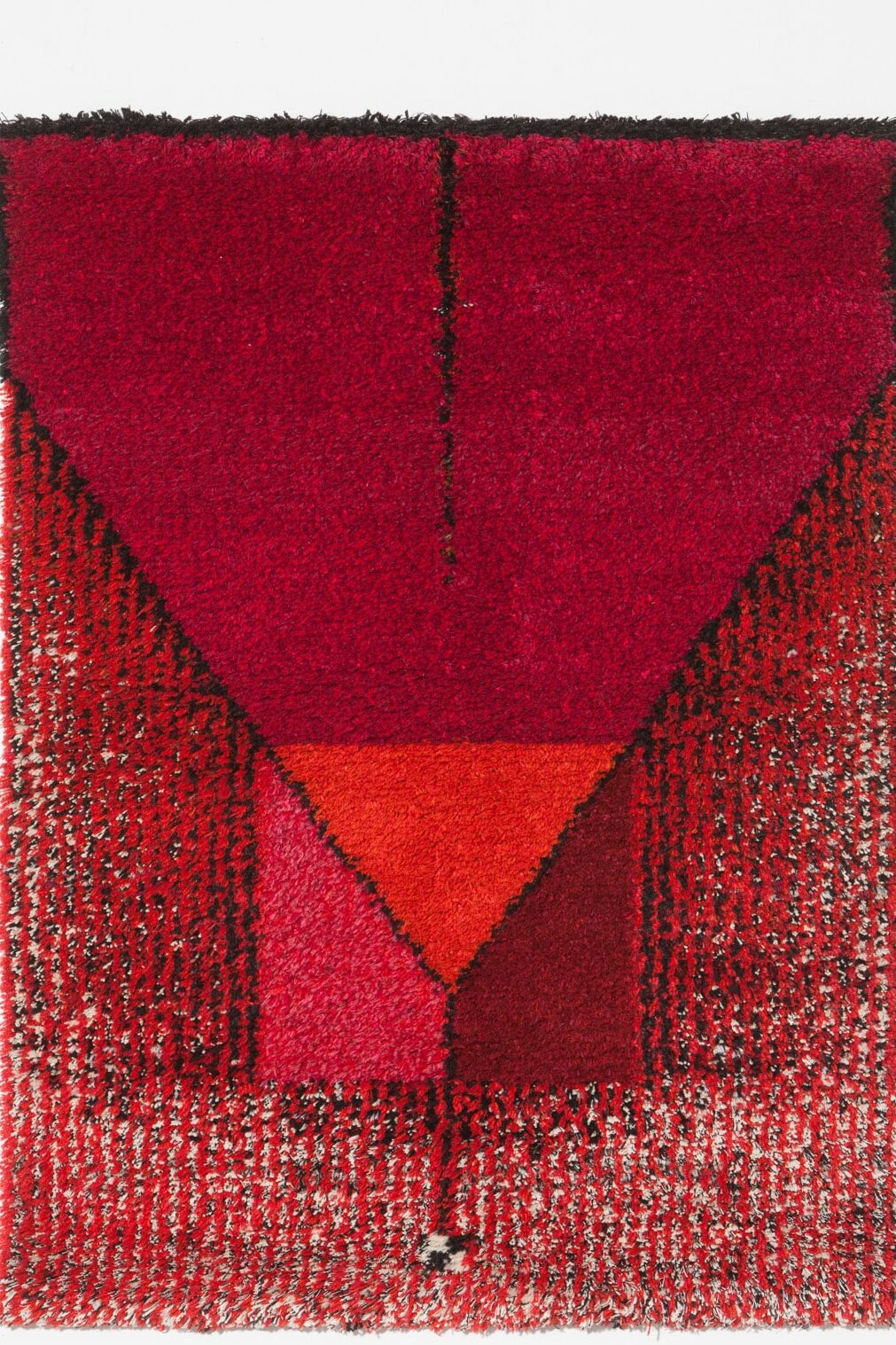
Action-based knowledge transfer was core to the Wollners’ practice. At home, their three children had free access to art materials. At work (1952 onwards at Pausa), the manufacturing floor became a ‘classroom’; the selvedge of Pausa textile Academie credits ‘Team Professor Wollner’. As professor of textile design at Staatliche Akademie der Bildenden Künste, Leo insisted that his students learnt to loom weave.
Awards brought greater acclaim, including multiple wins at the Milan Triennale, and a triple win at the 1953 Arthur Fleischman Carpet Company international carpet design competition, created by Arthur’s son Lawrence in collaboration with the Detroit Institute of Arts (DIA). Lawrence believed ‘there hasn’t been a new carpet design in seventy years—nothing but flowers’. Carpet Review magazine noted that jurors for the inaugural 1951 competition selected designs that showed the direction ‘in which modern carpet designers would be well advised to work’—and that direction pointed to abstract and nonfigurative designs, the ‘quiet designs’ Lawrence believed calmed ‘the fast pace of modern life’.
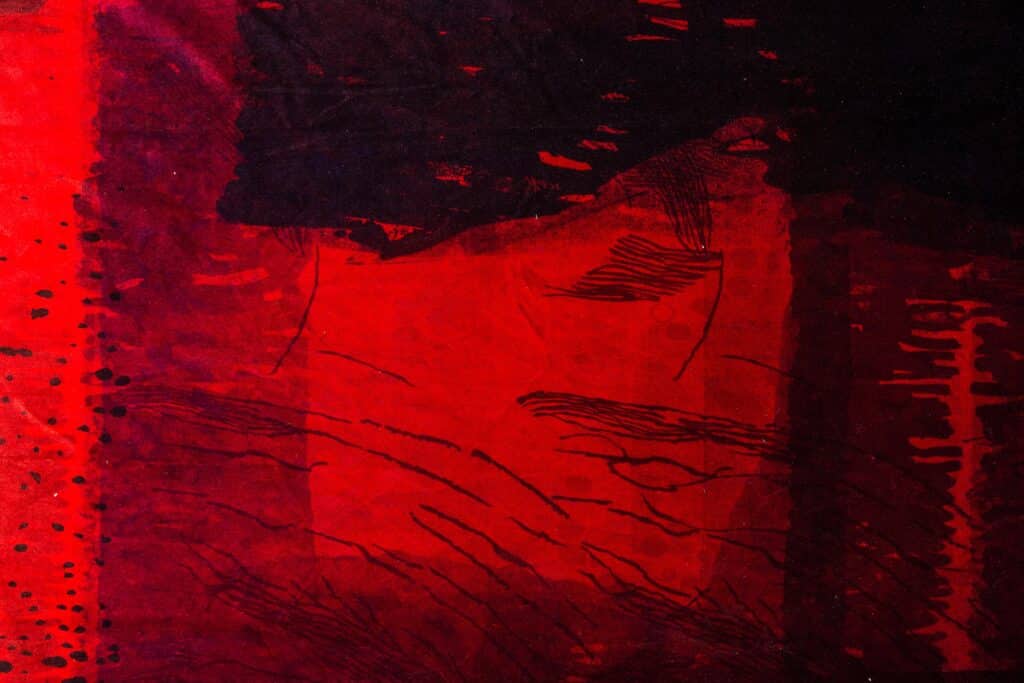
The Fleischman competition recognised ‘designs that best combine artistic excellence with practical weaving potentialities’—areas where the Wollners excelled—and it encouraged ‘cooperation between the worlds of art and industry’—another area of Wollner achievement. Carpet Review quoted DIA’s director who said the Wollners’ design answered ‘one of the acute problems’ of the competition— finding a carpet design other than a plain colour that is ‘suitable for a purely contemporary house’. The Wollners’ winning designs and others from the 1,200 international submissions toured museums across the US.
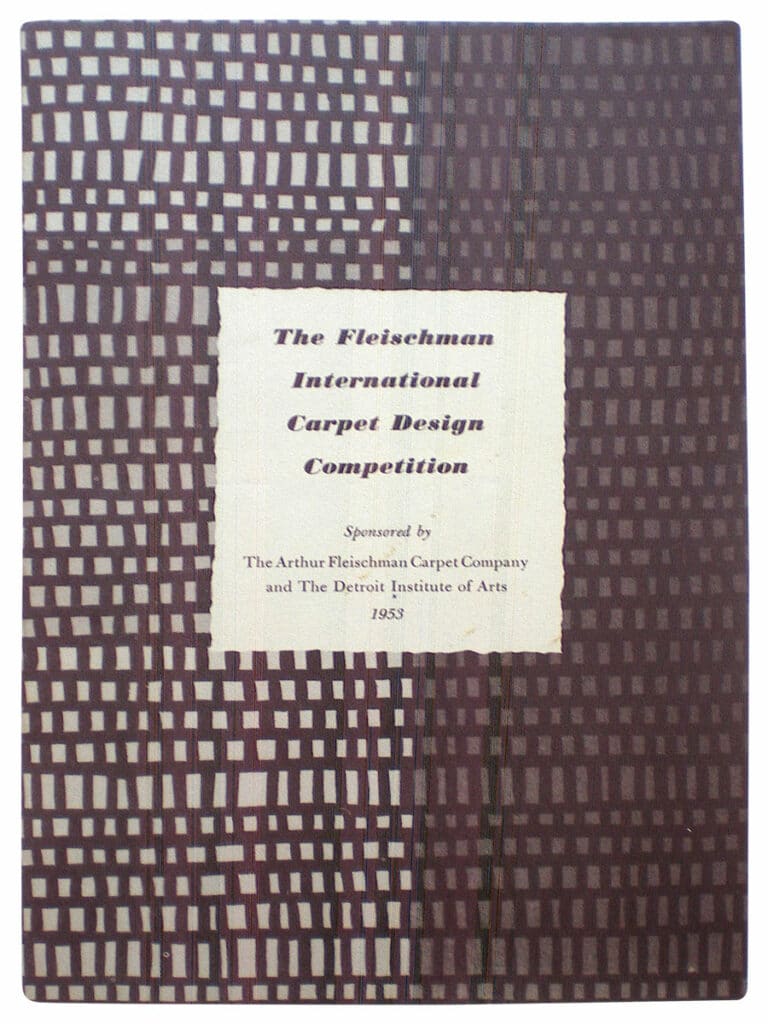
In 1958 the Wollners were commissioned by the Salzburg Festival to design a suite including theatre curtain, seating upholstery, wall coverings and carpet for the new festival hall inaugurated in 1960. An abstract patchwork design in shades of blood red and cranberry, the curtain was rewoven at Pausa in the 1980s and archived in the early 1990s. A spokesperson for the Festival reports that the curtain ‘is still fully functional’; a section was exhibited to celebrate the Festival’s 100th anniversary in 2020.
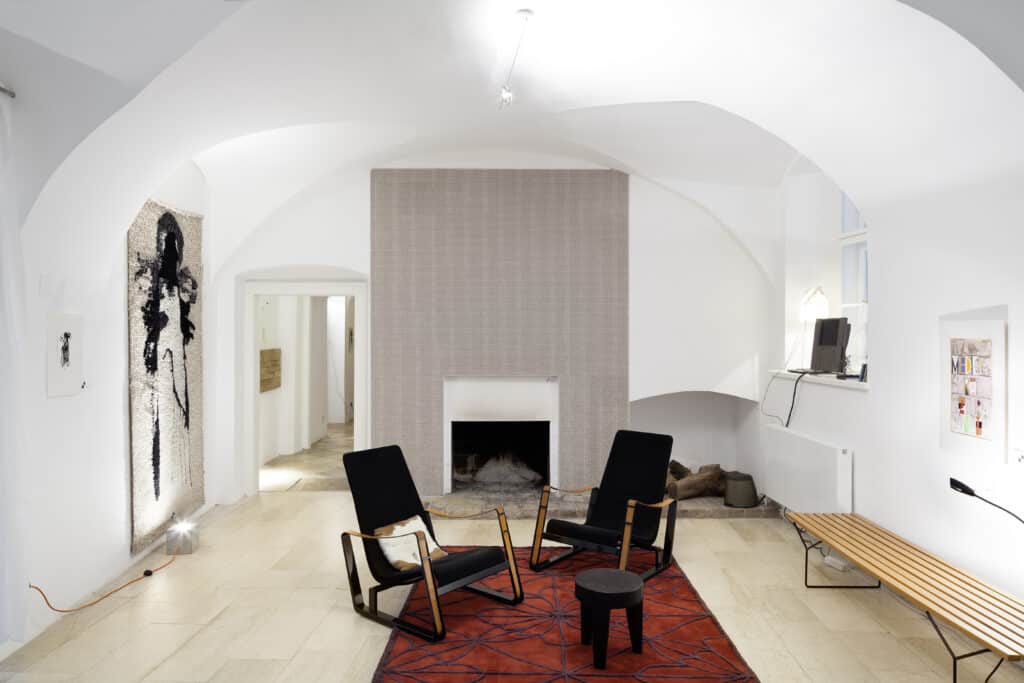
Although an equal design partner with her husband, Gretl was not always equally credited. One award she won outright was the 1966 second international Competition for Carpet Designs (Britain) sponsored by Carpet Trades Ltd. More than 2,000 entries were received from thir ty-six countries. Gretl’s Mikado — large, stylised flowerheads on a ground of broad stripes—won the Spool Axminster category and demonstrated just how far ‘flower power’ had evolved from the floral rugs so disliked by Lawrence Fleischman.
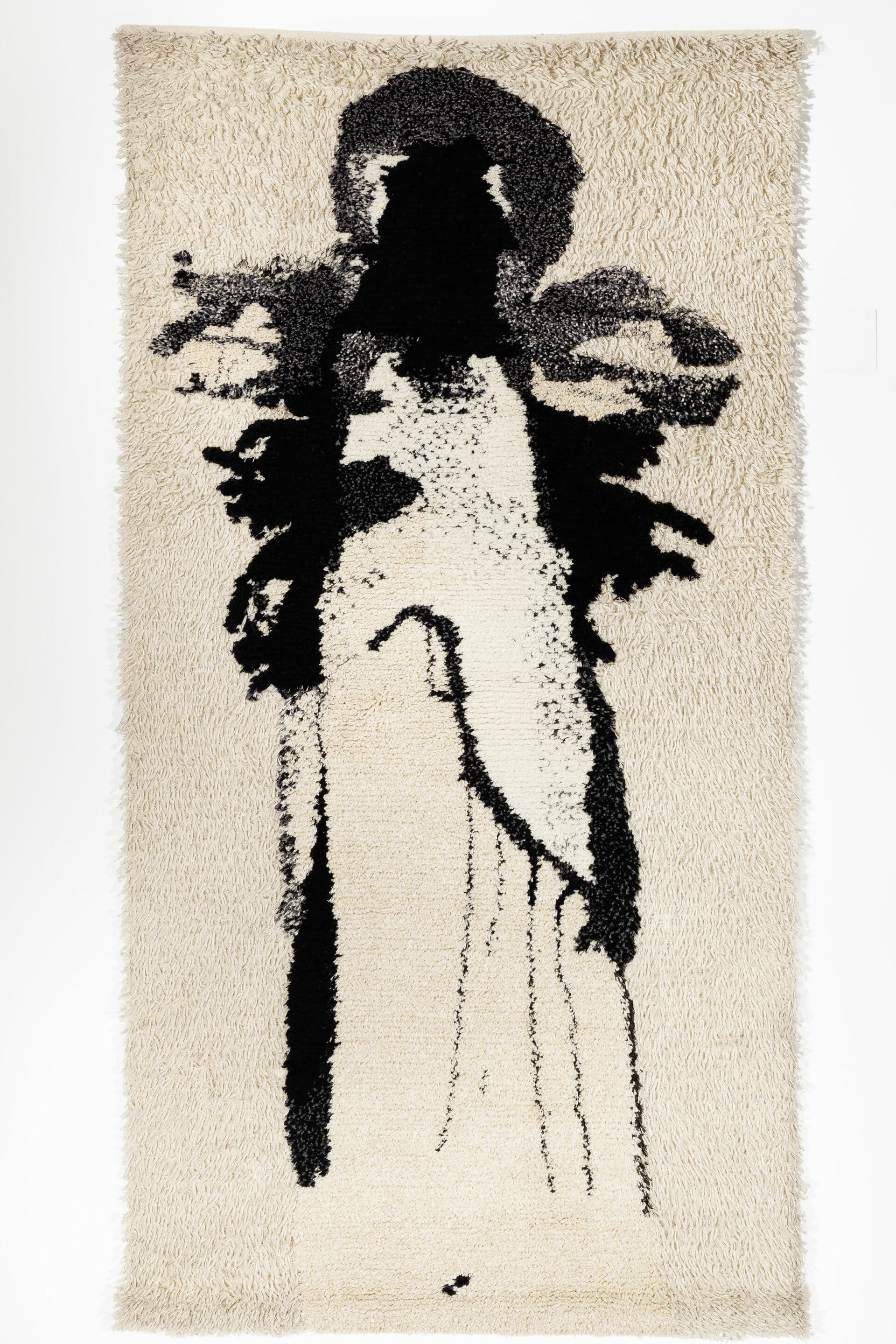
The Wollners were among a stellar list of artists commissioned by Knoll Textiles when German textile designer Barbara Rodes became division head in the late 1960s. She initiated a collaboration between Knoll, Pausa and artists including the Wollners and Leo’s former student Wolf Bauer. Pausa and the Wollners designed massive screens to print four abstract linear designs with no repeat— Rivers, Roads, Sails, Trails. Described in the press at the time as ‘supergraphics’ that ‘can convert any 10-foot expanse of drab wall into an instant mural’, the quartet became The Three Meter prints collection (1972), printed on shiny or matte cotton. Innovations included colour mixing for the matte (velvet) during printing to create a watercolour effect. In 2022 Knoll released the Heritage Collection which reissued Rivers as an upholstery fabric— a posthumous accolade for an innovative design duo.


